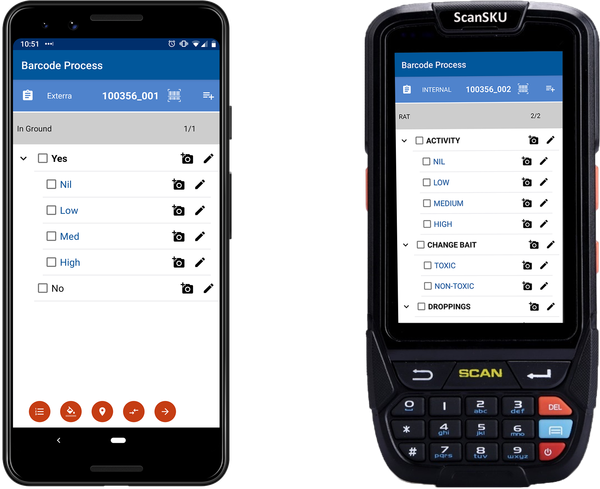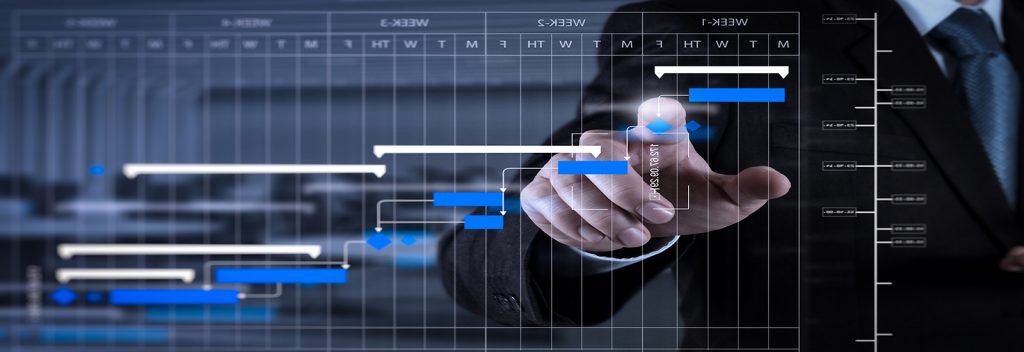In a world driven by technology, scanning has become an integral part of our daily lives. From product inventory management to contactless transactions, scanning technologies play a crucial role in various industries. In this blog post, we’ll delve into the fascinating realms of 1D and QR code scanning, exploring their applications, differences, and the impact they have on product development.
Understanding 1D Scanning:
1D scanning, often referred to as linear scanning, involves the use of traditional barcodes. These black and white vertical lines contain encoded information about a product, allowing for efficient tracking and management. Commonly found on retail products, library books, and manufacturing components, 1D barcodes are a tried-and-true method for data capture.

Applications of 1D Scanning:
- Bar Coding in Commercial Pest Management: Accurately tracking the rodent stations, the activity and other important information. At the end, the tracking of activity can produce an Activity Report and Trend Analysis.
- Inventory Management: Streamlining the tracking of products in warehouses.
- Point of Sale (POS) Systems: Facilitating quick and accurate transactions.
- Supply Chain Optimization: Enhancing the efficiency of logistics and distribution.
Unveiling the Power of QR Code Scanning:
QR codes, or Quick Response codes, have surged in popularity due to their versatility and capacity to store a wealth of information. Unlike 1D barcodes, QR codes consist of black squares arranged on a white background in a two-dimensional matrix. This design allows for storing various data types, including URLs, text, and even multimedia.
Readability Issues:
QR codes rely on a clean and clear visual representation for successful scanning. In environments where labels might get damaged, dirty, or obscured, the readability of QR codes can be compromised. This poses a significant challenge in industries where inventory is subjected to harsh conditions, increasing the risk of errors in data capture.
Dependency on Line of Sight:
Unlike RFID (Radio-Frequency Identification) technology that allows for non-line-of-sight scanning, QR codes require a direct line of sight for successful reading. In scenarios where items are stored densely or in hard-to-reach locations, the need for a clear line of sight can slow down the rodent station scanning process and lead to inaccuracies.
Implementation Costs:
While QR code technology itself is relatively cost-effective, the overall implementation costs can escalate. Upgrading existing systems to integrate QR code scanning capabilities, training staff, and maintaining equipment can strain budgets, especially for businesses with large and complex inventory management needs.
Conclusion:
While QR codes have revolutionized many aspects of data capture and communication, their limitations in the realm of inventory management should not be overlooked. Businesses must carefully assess their specific needs, considering factors such as data volume, environmental conditions, and cost implications before deciding on the most suitable technology for their inventory management systems. By doing so, they can ensure a seamless and accurate inventory control process that aligns with their operational requirements.
